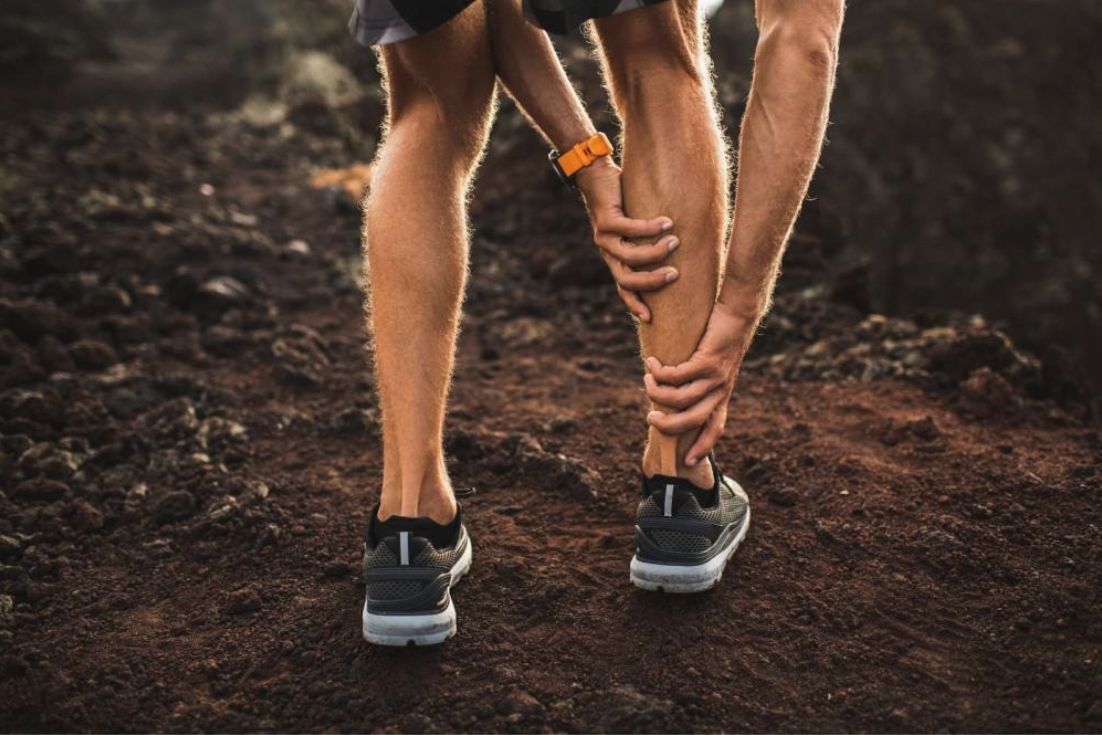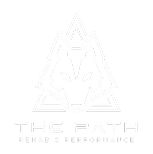Explaining Tendinopathy

Have you ever been diagnosed with tennis elbow, jumper’s knee, or some form of “tendinitis”? Well, you are not alone. Most individuals who live high-level and active lifestyles will experience some form of tendon pain in their life. However, without proper rehabilitation, tendon pain can stick around for a while and prevent you from participating in your athletic activities. This blog will aim to provide some education on what tendinopathy is, how it develops, and what can be done about it.
So, what exactly is a tendon?
Tendons are a type of connective tissue that attaches muscle to bone. When you are participating in activities, tendons are responsible for force absorption and force distribution between body parts. Healthy tendons are excellent at adapting to various loads and forces placed on them. They help us perform more explosive movements like box jumps as well as distribute force for heavier movements like barbell back squats.
Tendinopathies, a broader term for tendon pathology, occurs when the loads placed on the tendon are greater than what it can tolerate, which in turn can result in degeneration or pathological changes in the tissue. Typically, tendinopathies occur gradually over time due to repetitive microtraumas to the tissue, and they are more commonly seen in sports/activities that are more repetitive in nature (i.e. running, swimming, dancing, etc.). Tendinopathies can also occur with a spike in overall workload volume or intensity, especially after a prolonged period of time off or decreased physical activity.
So why does this occur?
Tendons are highly adaptable to load and require a fair amount of consistent loading to maintain their homeostasis. If a tendon is chronically overloaded, tissue changes and pain may result due to tissue degradation. If a tendon is chronically underloaded, the tissue will adapt by becoming weaker and less tolerant of the forces and loads placed on it (this is why complete rest is not the answer to tendinopathy). As a result, the tendon may become painful, have decreased ability to withstand load, and may prevent your ability to participate in the sport or activity you love.
Think of a tendon as a rope. On one end the rope is attached to something with stretch and give to it, on the other end it is attached to something firm and non-moving. Let’s say that the rope has a 100-pound limit to it, but the activities you do place 150 pounds of force on the rope. Initially, this may not cause any issues and the rope can perform just fine. However, if this is repeated consistently over time, the rope is going to start to fray and begin to break down. When the rope begins to degenerate, so does its ability to withstand load. Instead of a sturdy rope that can withstand 100 pounds of force, the frayed rope can only handle about 70 pounds. As this cycle continues, the rope becomes weaker, more painful, and is not able to handle any athletic activities.
The good news is that tendons are not actually rope and can change positively to progressive loading. With a good rehabilitation program catered to your needs and goals, we can make the “rope” much stronger than before, meaning you can get back to your activities pain free.
What does rehabilitation look like for tendinopathy?
Unfortunately, like mostly everything related to the human body, there is no quick fix. Depending on how long someone has been dealing with tendinopathy, the rehabilitative process can take several months, and pain levels may also take a while to return to baseline. The key to a successful rehab program is to load the tendon enough to create a positive change but still maintain tolerable symptoms. This takes working with an experienced physical therapist who understands the pathology of tendinopathy and creates a program that is catered to your activity goals. It may not be an easy process and can sometimes be a frustrating one. This is why here at The PATH Rehab & Performance we devote ourselves to going beyond the status quo in providing individualized performance-based rehab that is catered to your goals and needs.
Are you or someone you know dealing with tendon pain? Interested in how The PATH Rehab & Performance can help you get back on track? Click “Schedule Now” to set up a free phone consultation with one of our doctors today!
References:
1.Bohm S, Mersmann F, Arampatzis A. Human tendon adaptation in response to mechanical loading: a systematic review and meta-analysis of exercise intervention studies on healthy adults Sports Med – Open. 2015; 1(1).
2. Docking SI, Cook J. How do tendons adapt? Going beyond tissue responses to understand positive adaptation and pathology development: A narrative review. Journal of musculoskeletal & neuronal interactions. 2019; 19(3):300-310.
Sign up for our newsletter
Join our community and receive exclusive physical therapy insights, training strategies, and recovery techniques tailored for active people.
